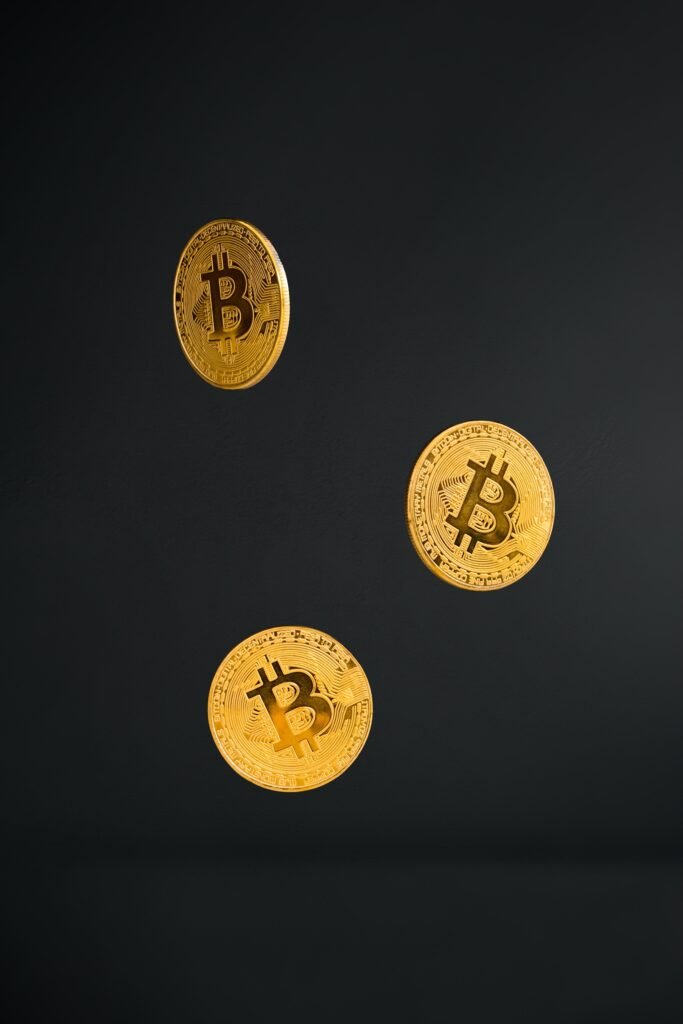
Bitcoin is a new currency with a few of the same qualities as normal currencies. It has an exchange rate, it’s extremely volatile, and people all over the world invest in Bitcoin to get rich quick. One such way to do this is by buying up as much Bitcoin as possible before it halts at its next halving event. This is when we will see the reward for Bitcoin miners (those who use their computers to solve complex maths problems to help maintain the blockchain) reduced from 25 bitcoins per block to 12.5 Bitcoins. This information is new, and many people are still unaware of it, but these are the facts. It’s important that you know exactly what this means, especially if you want a piece of the reward! Now, let’s get into more in-depth knowledge about what this means and why it’s happening.
First of all, we have to understand how Bitcoin works. The currency has a finite supply and will only ever exist in the amount fixed at its inception. Its miners work day in and day out to confirm transactions that others make with their bitcoins; as a reward for their efforts, they are given bitcoins themselves. The number of bitcoins that each miner is meant to earn is based on how many blocks of the Bitcoin blockchain they’ve mined over the time they’ve been mining. In its first four years, as it was being developed, you had a relatively simple way to think about it: you only needed to have a computer connected to the internet and have a wallet that held bitcoin so you could send people money.
What is Bitcoin Halving?
Bitcoin is a digital cryptocurrency created and held electronically. It uses cryptography to manage the creation of new bitcoins and to verify that every transaction is properly recorded on the network. The bitcoin network is the most popular digital currency network with millions of users worldwide. The Bitcoin blockchain, the public transaction ledger, is a shared and continually reconciled database. The history of all transactions that are processed on this network is permanently recorded in the blockchain. BitIQ is a bitcoin trading system that allows users to buy and sell bitcoins with ease. The app offers a variety of features, including real-time price charts and the ability to place orders quickly and easily.
This data is extremely difficult to alter once entered because it would require an enormous amount of computing power to do so. Every bitcoin transaction that has ever taken place is recorded on the blockchain and available to all other nodes. Sharing data across a network is one of the most challenging challenges in computer science, and Bitcoin is no exception. Although each node in the network can see every transaction as it happens, only a select few nodes store this information.
What effect does the Bitcoin Halving have on Bitcoin’s price?
The first date is the Bitcoin Halving, which will reduce mining rewards by half. The second date is the Bitcoin Halving adjustment, after which Bitcoin mining will be solely powered by transaction fees. The third date is when all Bitcoins that will ever exist will have been mined.
Because the Bitcoin Halving and the final Bitcoin cap are still so far in the future, it is difficult to predict how these events might affect Bitcoin’s price. For example, if the halving and final cap happen in tandem, future demand for Bitcoins may decrease, and the price may be affected. If they happen separately, it will be more difficult to predict how the events may have an impact on the price.
Any change in the supply of Bitcoins is almost guaranteed to affect the price. When the final cap is reached, there is no reason to expect that the number of Bitcoins in circulation will change. In contrast, if an event like the halving were to reduce mining rewards, Bitcoin’s supply would decrease. As a result of reduced supply, demand for each Bitcoin should go up. The price of a single Bitcoin could change in response to both events. However, it is possible that the final Bitcoin cap could be reached before the next halving event occurs.
Who chose the Bitcoin distribution schedule?
The distribution schedule was chosen in order to have a predictable, limited supply that would increase utility over time. This creates more demand for Bitcoin and makes it more valuable to buyers who are looking for a deflationary currency with strong purchasing power.
Rewarding early adopters proved difficult because trying to figure out how many Bitcoins were created could be very difficult for non-coders. Therefore, to mitigate the risk of a large number of bitcoins being lost due to a crash in the value of Bitcoin, the code was changed to hard limit the total supply of Bitcoins. This way, no matter how many bitcoins are lost in a crash, the amount that was lost could never be enough to devalue all of the bitcoins in circulation.



